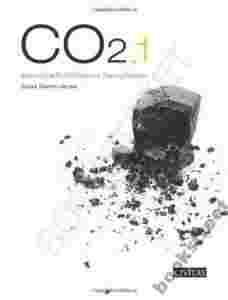|
The EU's Emissions Trading System (EU ETS) is the
flagship tool of European environmental policy, designed
to reduce carbon dioxide emissions swiftly and
inexpensively. In this report, David Merlin-Jones argues
that the EU ETS fails on both counts: it provides only
marginal emissions reductions and at a high cost to
businesses and consumers. The EU ETS pushes up energy
bills, increasing fuel poverty, while power companies
make billions in windfall profits. Vested interests have
all but paralysed the effectiveness of EU ETS, with
banks making billions out of playing the carbon credit
market. Criminal activity is rife, at one point
constituting up to 90 per cent of all EU ETS market
activity. Aviation is supposed to come under EU ETS
restrictions from 2012, but the specifics are still
unknown, despite tickets already being on sale for 2012.
Restrictions will apply to all airlines coming into and
out of the EU, not only those based there. Trade wars
are imminent: the US, China and Russia have all warned
that they will take legal action to protect themselves
from such charges. Crucially, the EU ETS fails to reduce
emissions where they matter: on a global scale. By
raising production costs for energy-intensive industries
in the EU, it forces them to emigrate to countries where
they can operate without heavy energy surcharges.
Countries such as India, Russia and China have cheap
fossil-fuel sourced energy, with no emission
restrictions imposed on industry. Factories that
relocate there will be producing more CO2 than they
would in the EU - as well as taking thousands of jobs
with them. The EU ETS is tied to the UN-backed Clean
Development Mechanism (CDM), which allows Europe to
export its emission obligations to the developing world,
in a manner tantamount to environmental imperialism. The
CDM perversely incentivises emissions to be produced for
their own sake, just so that they can be destroyed, and
entire companies have emerged to do this. Merlin-Jones
argues that the EU ETS will have no effect on many
companies' emissions until 2016-18, over a decade after
it came into force. It is so ineffective and expensive
that attempts to patch it up are doomed to failure. A
new approach to carbon reduction is required. He
proposes a new flat carbon tax to replace the EU ETS and
all other green levies and taxes. He argues that the
proceeds of the tax should be channelled into investment
in low-carbon energy sources such as marine power,
advanced nuclear power and concentrated solar power with
the potential to rival the cost of fossil fuels by 2030.
This tax structure is cheaper and more effective than
current regulations will ever be, and is the only
realistic way to meet the target of reducing UK CO2
emissions by 80 per cent by 2050. If low-carbon power
becomes economically viable without subsidy, it will
succeed by market forces, without the need for treaties,
subsidies or regulations.
|
|

